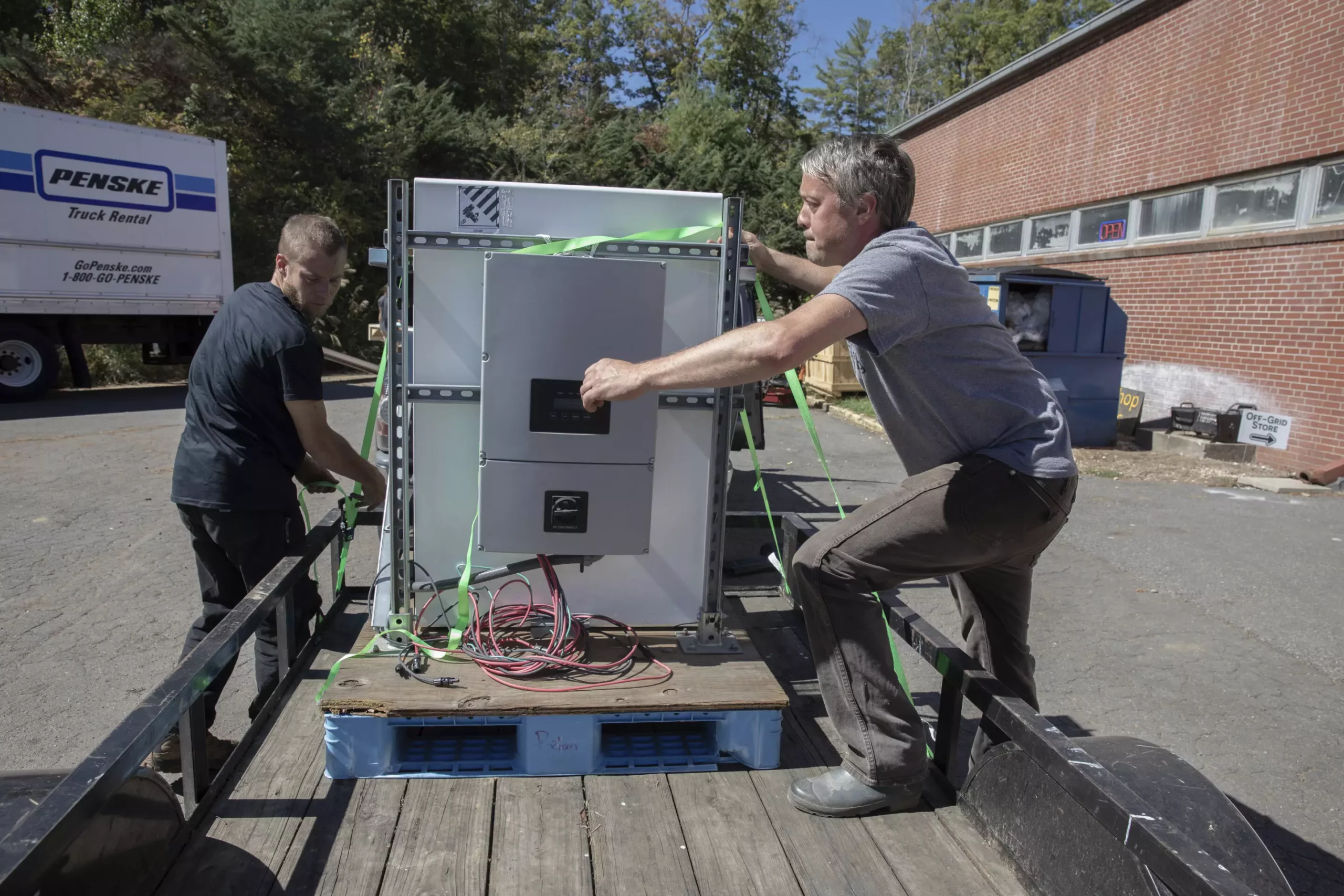As communities in the mountains of North Carolina grapple with the aftermath of Hurricane Helene, the struggle for basic necessities looms large. Bobby Renfro, a retired railroad worker, exemplifies the plight faced by many residents in Tipton Hill, a serene yet isolated area. Nearly two weeks post-hurricane, he has turned to a gas-powered generator for survival, spending a staggering $1,200 on its purchase, with ongoing fuel costs climbing into the thousands. This generator is not merely a convenience; it is the lifeline for local residents who depend on electricity to operate life-saving medical equipment, stabilize insulin for diabetes, and facilitate essential communication with the outside world. Renfro articulates the desperation felt by those marooned in the rugged terrain, emphasizing the community’s deprivation of resources that many may take for granted.
The reality is stark: over 43,000 customers remain without power in the western region of North Carolina, creating a cascading effect that hampers not just daily life but critical medical needs. Without electricity, refrigeration is compromised, medical devices become inoperable, and vital utilities like water cease to function. Moreover, the larger power restoration efforts, orchestrated by Duke Energy and local cooperatives with aid from out-of-state crews, are complicated by the unpredictable mountain infrastructure. Roads are damaged, bridges are washed out, and the task at hand has shifted from mere repair to extensive rebuilding efforts.
Dependence on Makeshift Solutions
As residents scramble to reclaim their lives, many have turned to gas and diesel-powered generators, a resource that brings its own set of challenges. Fuel scarcity and high prices create an additional burden, while the hazardous fumes emitted from these machines pose a serious health risk to vulnerable populations. Not to mention, these generators are built for temporary use rather than the prolonged reliance that these circumstances demand.
Fortunately, a much-needed solution has begun to emerge. In a stroke of fortuity, Renfro has received a solar generator equipped with a series of solar panels—a substantial step toward cleaner, more sustainable power. This initiative, spearheaded by volunteers from the nonprofit Footprint Project, represents a major leap forward in disaster recovery, offering a glimpse of hope within the flood of despair. Solar power provides not just a much-needed energy source, but also a comforting sense of normalcy as residents witness the rise of renewable energy technology in their dire situation.
The Footprint Project, known for its commitment to reducing greenhouse gas emissions in emergency responses, has mobilized an impressive array of resources in the wake of the hurricane’s devastation. They have not only deployed large solar generators but also introduced innovative equipment designed to harvest water from the atmosphere, addressing multiple needs underscored by the disaster’s fallout. Operating from a makeshift warehouse, the project deploys volunteers to aid individuals ranging from those needing power for medical equipment to community hubs assisting larger groups with critical supplies.
The collaborative spirit echoing through North Carolina is palpable, with local artisans—such as Asheville glassblowers—doing their part to aid in logistical efforts. With the installation of solar panels powering vital equipment like refrigerators and water pumps, community leaders like Julie Wiggins have witnessed significant improvements. Her operation has transformed from an uncertain venture to a crucial resource for about 30 families, showcasing the power of community partnership and grassroots solutions during turbulent times.
The repercussions of Hurricane Helene illustrate the sobering reality faced by mountain communities, reminiscent of other disaster-stricken places like Puerto Rico after Hurricane Maria. The ongoing assistance from organizations like the Footprint Project reinforces the necessity for sustainable solutions that adapt to both immediate and long-term challenges.
As operations continue in the region, the commitment to restoring electricity stretches beyond mere restoration; it represents a rebuilding of hope. The knowledge that many homes and businesses may remain disconnected from traditional power grids highlights the importance of not only immediate relief but sustained support to ensure recovery for all.
North Carolina’s mountains tell a story of resilience in the face of devastation, of people banding together to reclaim their lives. The unprecedented effort underway reminds us of the capacity for innovation and compassion, underscoring the belief that even in the darkest times, communities will find ways to lift one another toward recovery. The endeavor is ongoing, but in the spirit of collaboration and resourcefulness, the path forward is illuminated, step by step.


Leave a Reply